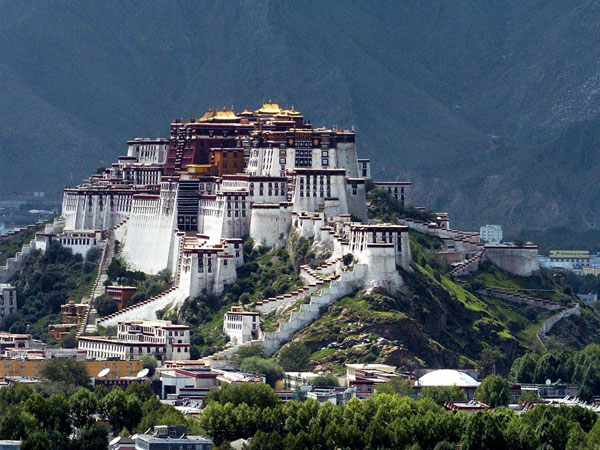The best time to visit Tibet largely depends on your preferences and the activities you wish to pursue. However, the most popular time for travelers is during the warmer months, from May to October, when the weather is milder and more conducive to outdoor activities and sightseeing. Here’s a breakdown of the seasons and their characteristics:
Spring (April to June):
Spring in Tibet brings warmer temperatures and blooming flowers, making it a beautiful time to visit.
The weather is generally mild, with clear skies and minimal rainfall, making it ideal for outdoor activities such as trekking and hiking.
April and May are prevalent months for travel, as they coincide with various festivals such as the Tibetan New Year (Losar) and the Saga Dawa Festival.
Summer (July to August):
Summer is the peak tourist season in Tibet, with warm temperatures and longer daylight hours.
This is an excellent time for trekking, mountain climbing, and visiting high-altitude lakes such as Namtso Lake.
Be prepared for larger crowds and higher prices during this time, especially in popular tourist destinations like Lhasa and Everest Base Camp.
Autumn (September to October):
Autumn is another popular time to visit Tibet, with mild temperatures and clear skies.
The autumn foliage adds vibrant colors to the landscape, making it a picturesque time for photography.
September is considered one of the best months for trekking and hiking, as the weather is generally stable and the crowds are smaller than in summer.
Winter (November to March):
Winter in Tibet is cold and dry, with temperatures dropping below freezing, especially at higher elevations.
While winter sees fewer tourists, visiting Tibet during this time is still possible, particularly if you’re interested in experiencing Tibetan culture and festivals.
Lhasa and lower-altitude areas may experience occasional snowfall, but road conditions are generally manageable. However, snow may make some mountain passes and remote areas inaccessible.
Ultimately, the best time to visit Tibet depends on your preferences for weather, activities, and crowd levels. Spring and autumn are excellent choices if you’re interested in trekking and outdoor adventures. However, summer may be more suitable if you prefer milder temperatures and cultural experiences. Conversely, if you don’t mind the cold and want to avoid crowds, winter can offer unique opportunities for exploration and immersion in Tibetan culture.


